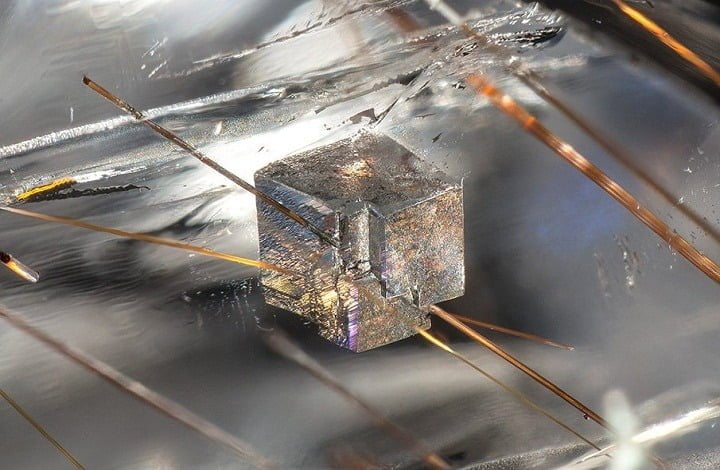Know about Gemstone Inclusion
What Are Gemstone Inclusions?
Simply, we can say that any material trapped inside but visible from outer appearance is called as inclusions. There are inclusions present in the gemstones especially in the natural gemstones. If a natural gemstone is without any inclusion, then it ,may not be a natural gemstone or treated with heat in the factory. Inclusions can be fractures, gas bubble or even material present in the host material. A list of inclusions can never be complete and new inclusions and varieties have been constantly discovered every day.
Inclusions can also be defined as foreign matters that are enclosed within a gemstone. These are associated with irregularities during the process of gemstone formation, and these are common in all natural coloured gemstone. In its true sense, inclusions determine whether a gemstone is natural or synthetic. Presence of certain inclusions in the certain precious gemstone adds to the beauty of the gem, for instance, Blue sapphires and Opal.
We know that inclusions free gemstones are very rare and a thorough microscopic examination shows that even an eye-clean gemstone has inclusions. Eye-clean gemstone precious gemstone with a very small amount of inclusions is very expensive because they come in the best variety of gemstone. These provide detailed information about the origin of the gemstone (mine / country) and whether the gemstone is treated or enhanced. A gemstone if too good in terms of price can also be synthetic.
Inclusions can be internal or external. External inclusions are scratches, fractures and blemishes and internal inclusions are in the form of material and gaseous bubbles.
Solid Inclusion
If there is a presence of an external mineral or specimen in the host mineral, it is called as solid inclusion. The deposit of rutile, an external mineral is found in the corundum i.e. host mineral. If any other foreign material is present during the growth of gemstone it is makes a solid inclusions.
Liquid Inclusion
There are certain small holes or cavities detected in the gemstone. These holes or cavities are filled with water, saline, liquid etc. Opal is one of the precious gemstone that is filled with silica gel or hydrated silicon dioxide. The presence of liquid in the cavity gives beautiful inclusions to the gemstone.
Gaseous Inclusion
The presence of gas(es) occupy the small holes and cavities in the gemstone. It is called as gaseous inclusions. These gases are present in the independent form or with the liquid inclusions. Carbon monoxide is one of the most common gases present in the gemstone cavities. These inclusions are visible and can be identified because of the bubble formation.
Therefore, we can infer that the presence of inclusions decides whether the gemstone is genuine or not. It is essential that before buying any natural semi-precious gemstone it is essential that it should have little amount of inclusions in it because a complete transparent gemstone may not be natural with and treated by heat or chemicals for enhancing the beauty of the same.

